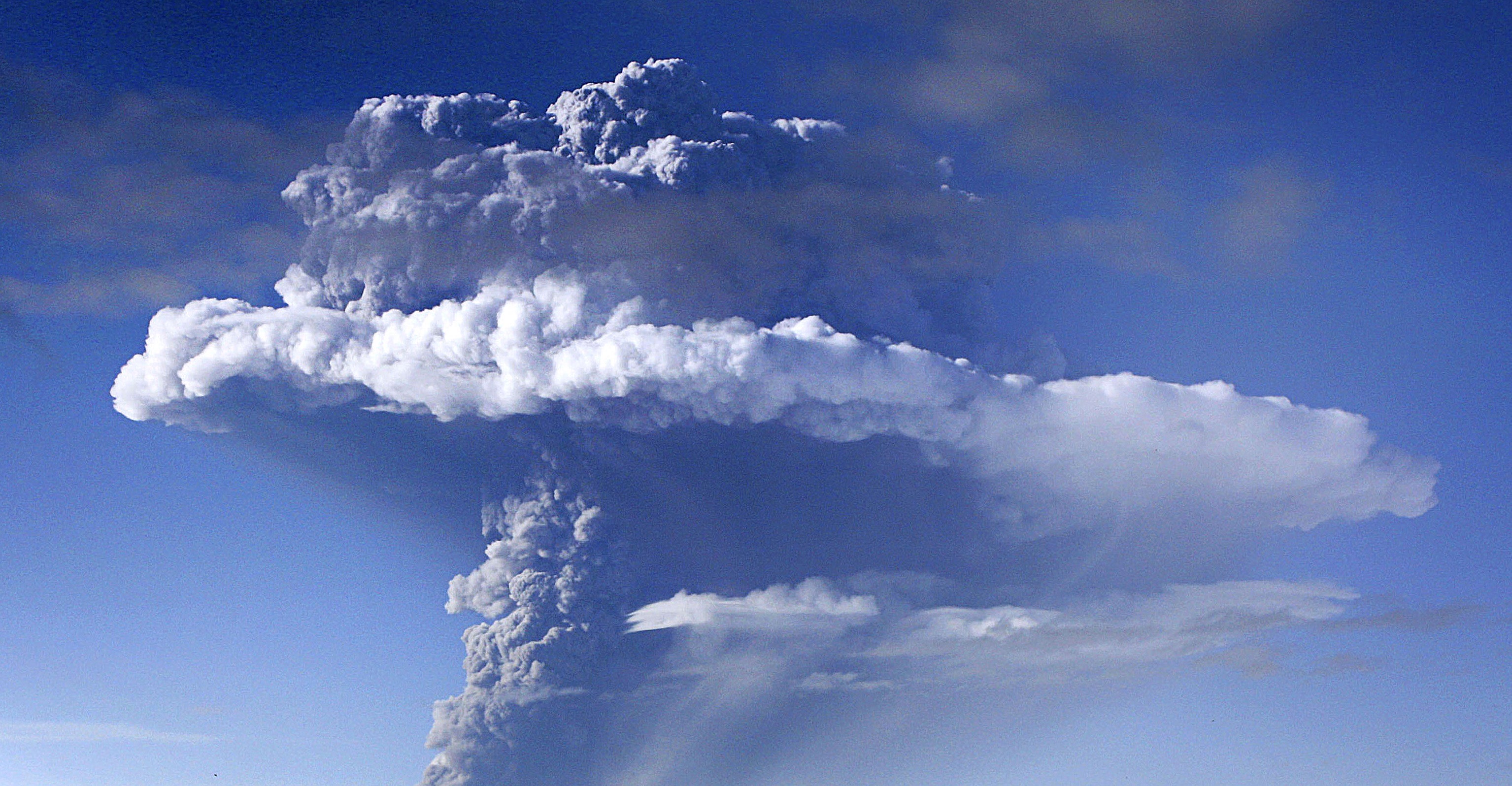Increased seismic activity recorded at Icelandic volcano which cancelled hundreds of flights
Meteorological experts say volcano has ‘reached a level of unrest, comparable to that observed prior to historic eruptions’

Your support helps us to tell the story
From reproductive rights to climate change to Big Tech, The Independent is on the ground when the story is developing. Whether it's investigating the financials of Elon Musk's pro-Trump PAC or producing our latest documentary, 'The A Word', which shines a light on the American women fighting for reproductive rights, we know how important it is to parse out the facts from the messaging.
At such a critical moment in US history, we need reporters on the ground. Your donation allows us to keep sending journalists to speak to both sides of the story.
The Independent is trusted by Americans across the entire political spectrum. And unlike many other quality news outlets, we choose not to lock Americans out of our reporting and analysis with paywalls. We believe quality journalism should be available to everyone, paid for by those who can afford it.
Your support makes all the difference.Increasing seismic activity has been recorded at an Icelandic volcano which cancelled hundreds of flights when it erupted in 2011.
Grímsvötn blasted ash 12 miles into the air, leading to the cancellation of around 900 flights.
Now, the Icelandic Meteorological Office (IOM) has raised the aviation code for the volcano from green to yellow.
The IOM said “multiple datasets” indicate the volcano has “reached a level of unrest, comparable to that observed prior to historic eruptions."
While it said this “does not mean that an eruption is imminent”, it said a blast “could be triggered by depressurisation if the subglacial lake inside the caldera will drain and cause a flood or occur regardless, possibly with very weak precursory activity and short warning time, as seen in the eruption of 2011.”
The office added: “The conditions at the volcano may change at any given time and the volcano may return to normal background conditions without further escalation.”
In an article for The Conversation, Dave McGarvie a volcanologist at Lancaster University, wrote: "Increasing thermal activity has been melting more ice and there has also been a recent increase in earthquake activity.
"So what happens next? Again, based on the pattern observed at past eruptions, an intense swarm of earthquakes lasting a few hours (one to ten hours) will signal that magma is moving towards the surface and that an eruption is imminent.
“In cases where the hidden subglacial lake drains and triggers the eruption, the earthquakes occur after the lake has drained and just before the eruption.”
He said an eruption would lead to wet and sticky ash as the eruption interacts with water and ice on the surface of the volcano, leading to ash which falls from the sky relatively quickly.
“Ash clouds therefore only travel a few tens of kilometres from the eruption site. This is a good scenario for Icelanders and also for air travel, as it prevents the formation of substantial ash clouds that could drift around and close off airspace.”
The IOM said there was currently no reason to change the alert level of civil protection due to Grímsvötn.
If further seismic activity is detected, the volcano could move further up the IOM’s four-level scale, from yellow to orange and red.
In 2010, the Eyjafjallajökull volcano in Iceland erupted, leading to the grounding of around 100,000 flights.

Join our commenting forum
Join thought-provoking conversations, follow other Independent readers and see their replies
Comments